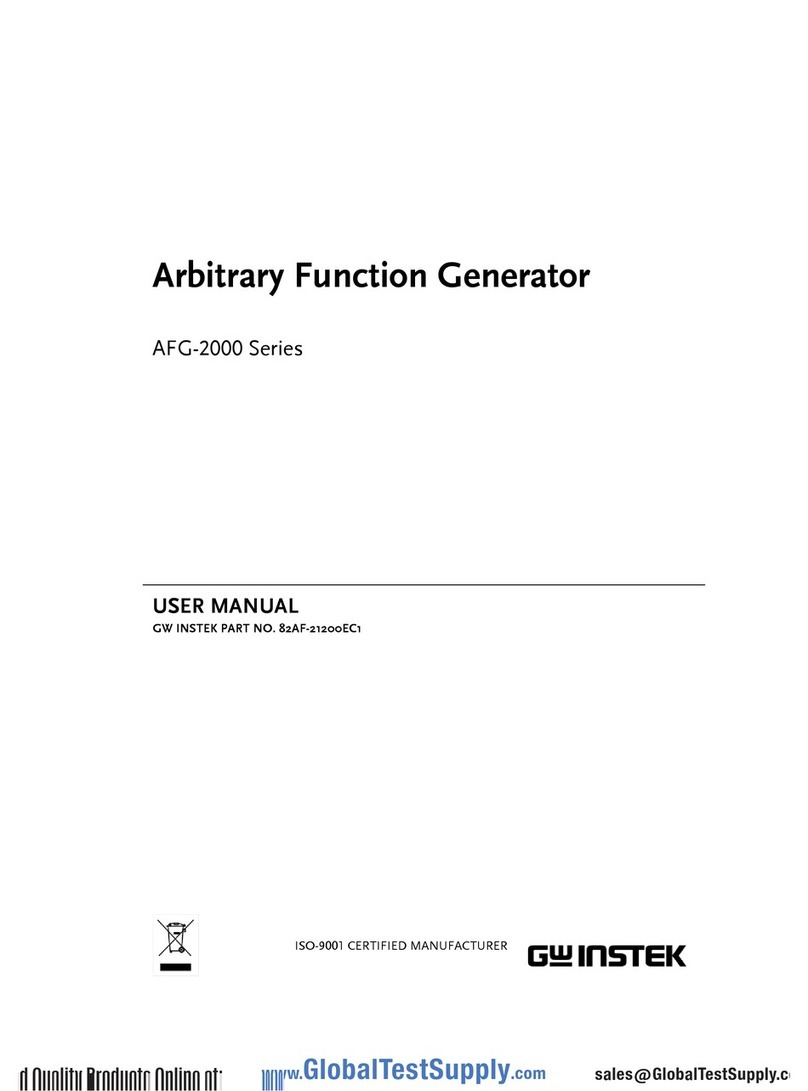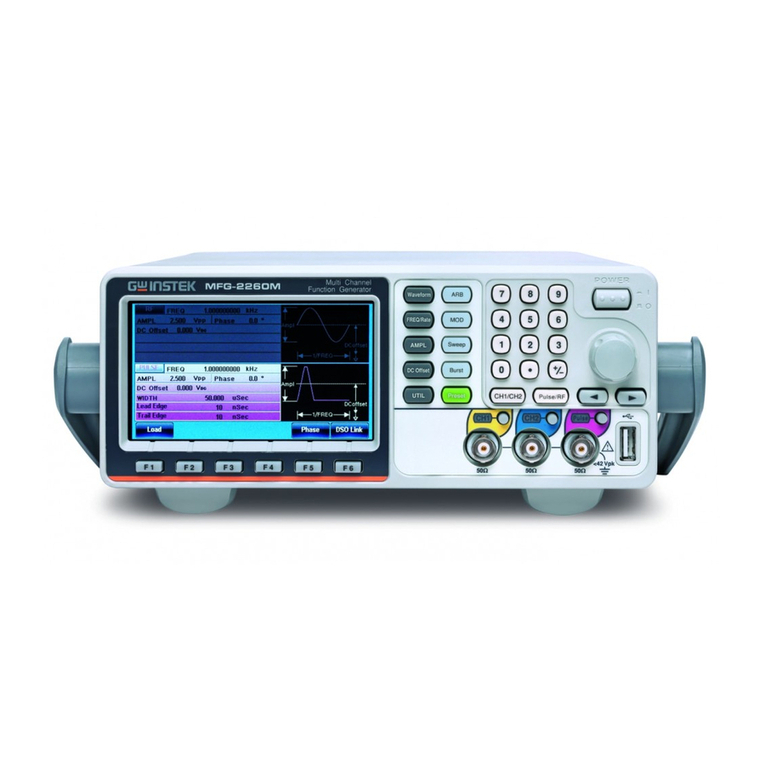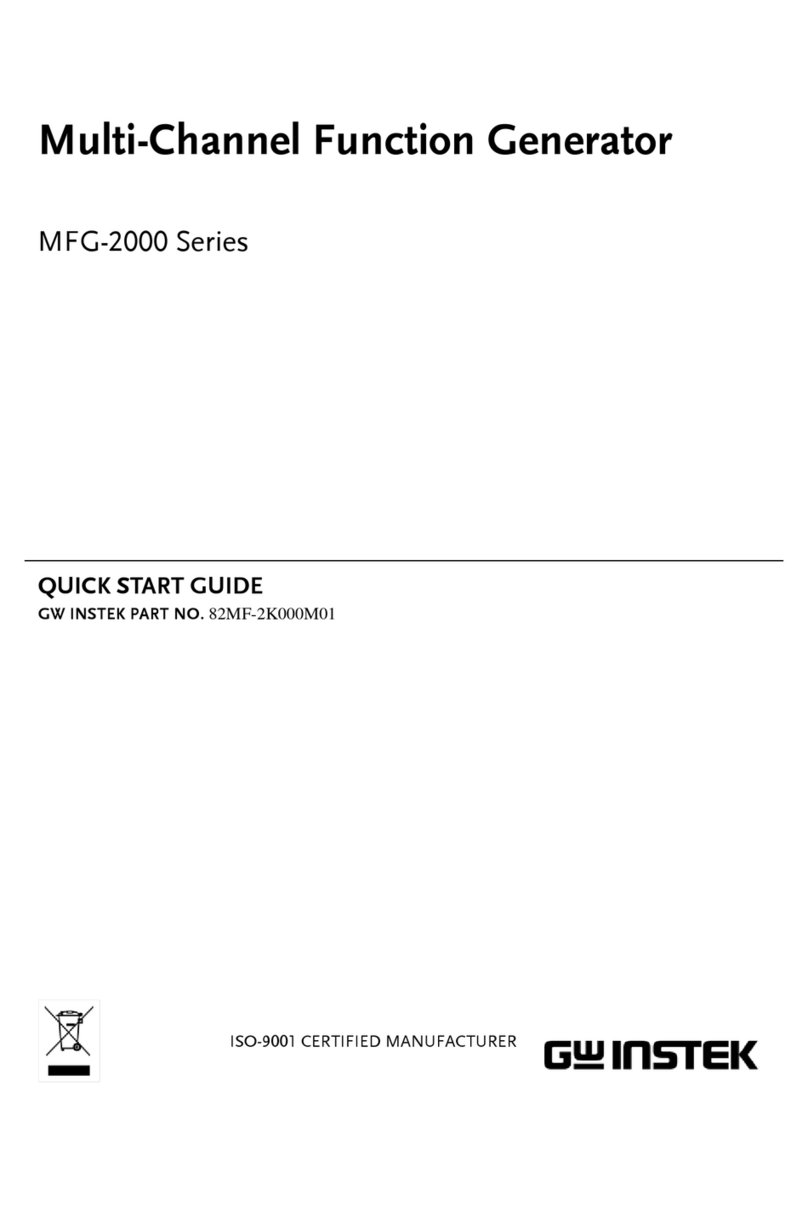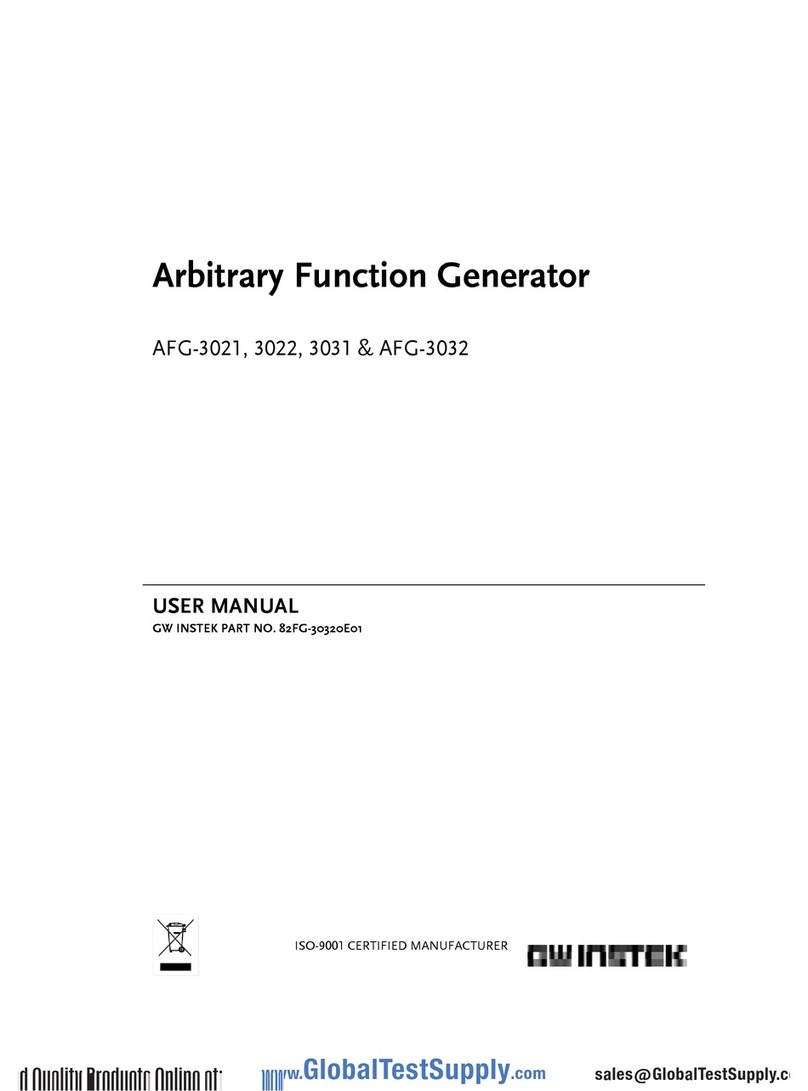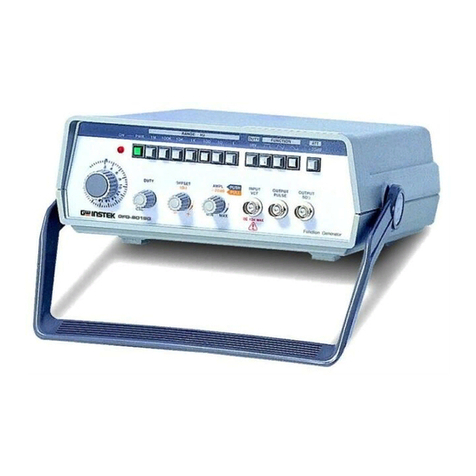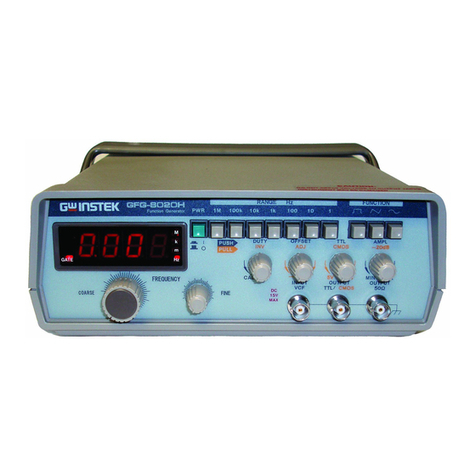GW Instek AFG-3000 Series User manual
Other GW Instek Inverter manuals
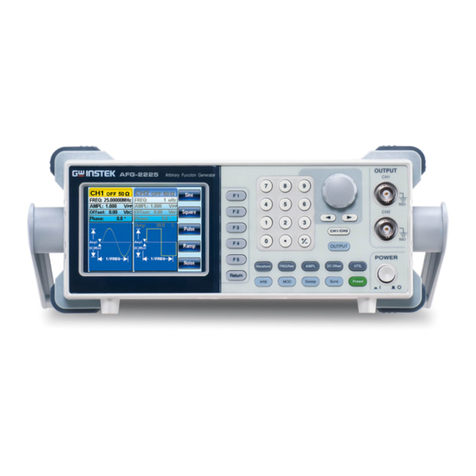
GW Instek
GW Instek AFG-2225 User manual
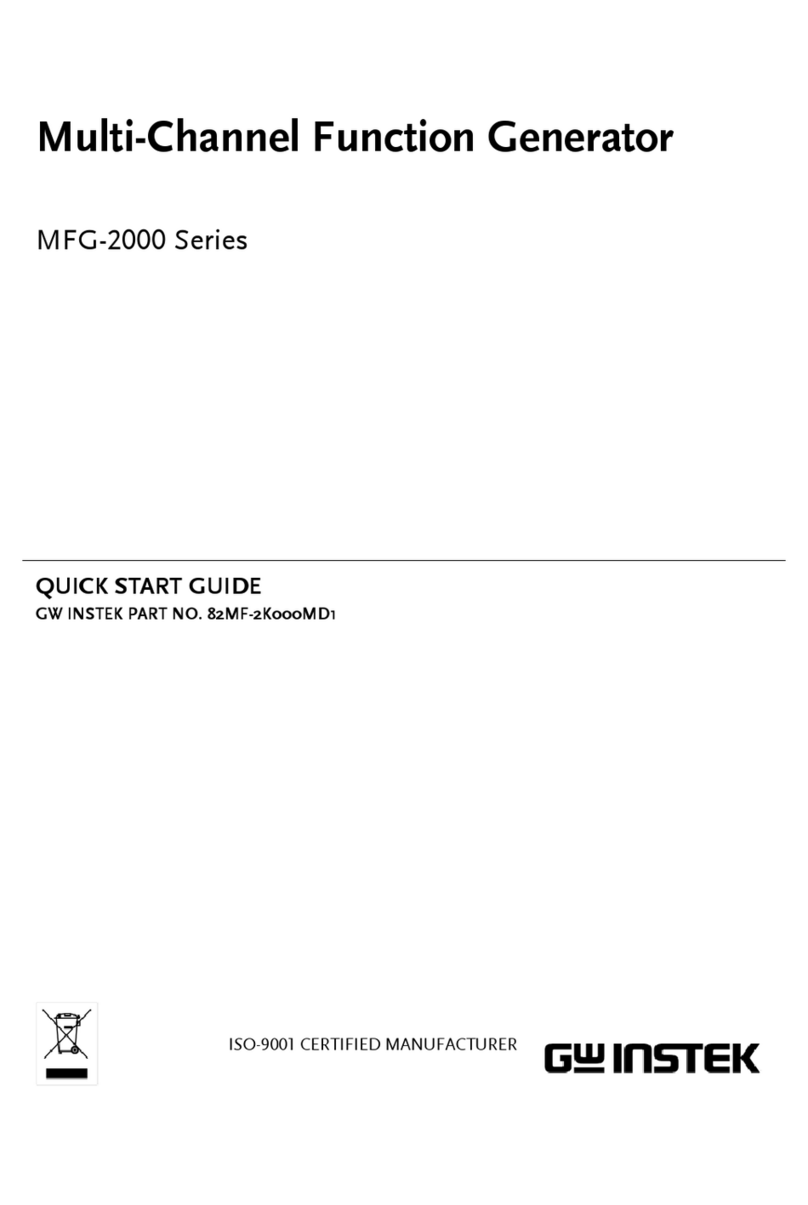
GW Instek
GW Instek MFG-2000 Series User manual

GW Instek
GW Instek GFG-3015 User manual
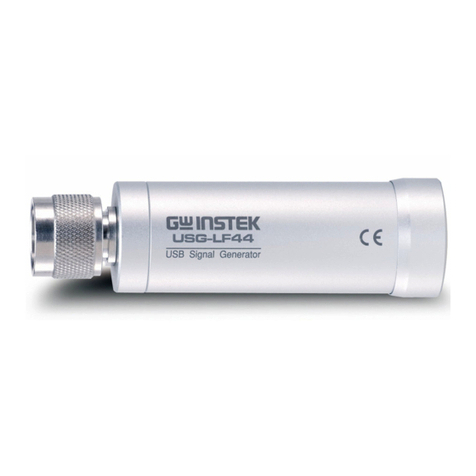
GW Instek
GW Instek USG Series User manual
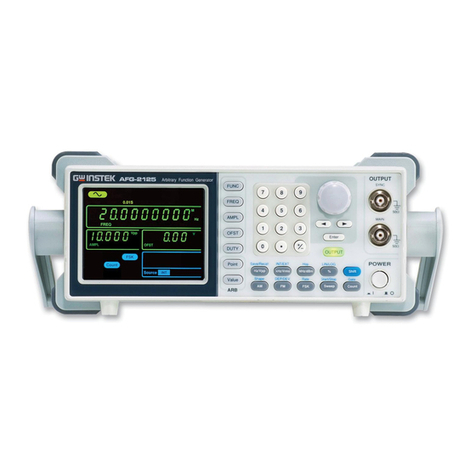
GW Instek
GW Instek AFG-2000 Series User manual
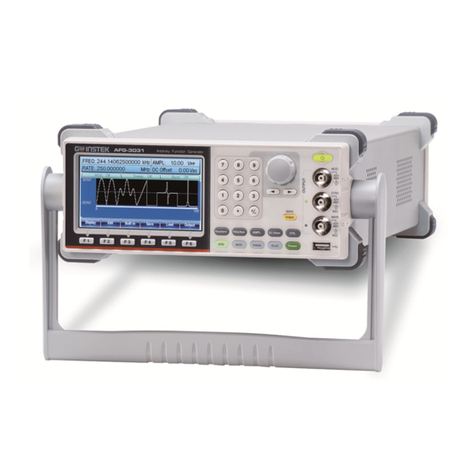
GW Instek
GW Instek AFG-3021 User manual
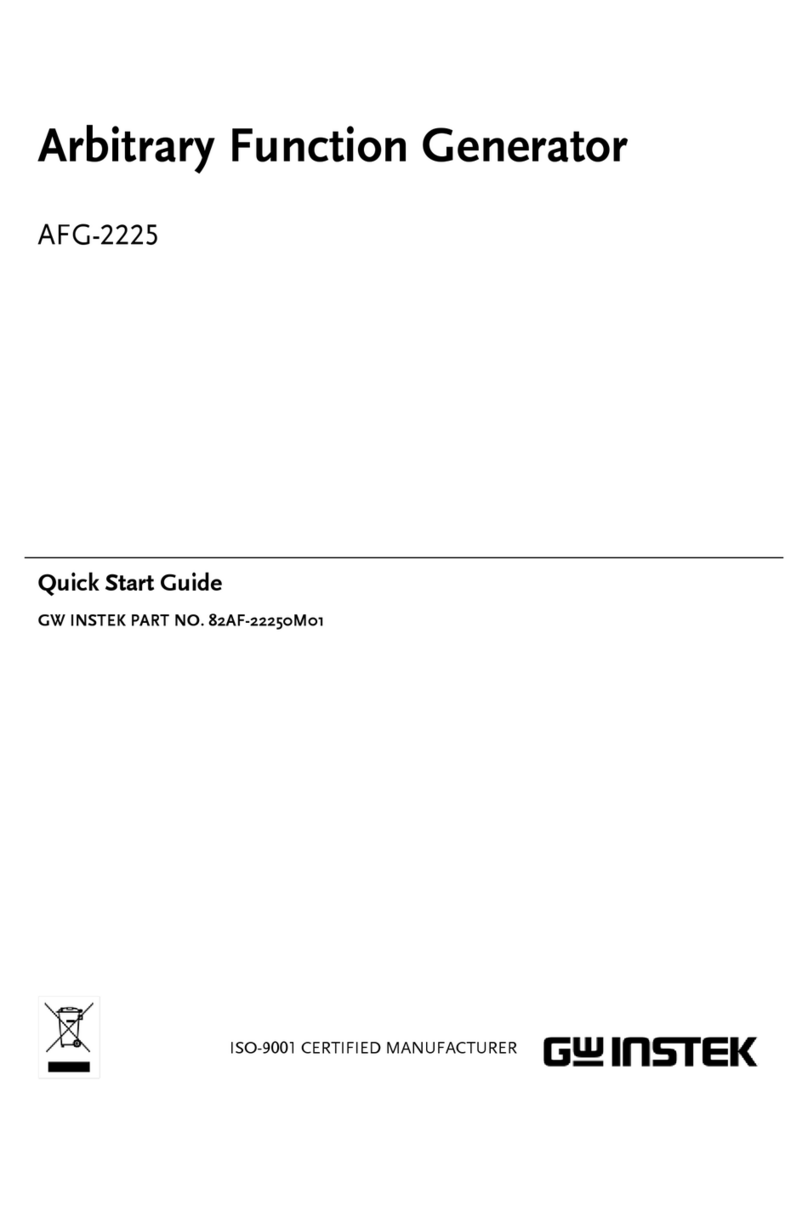
GW Instek
GW Instek AFG-2225 User manual
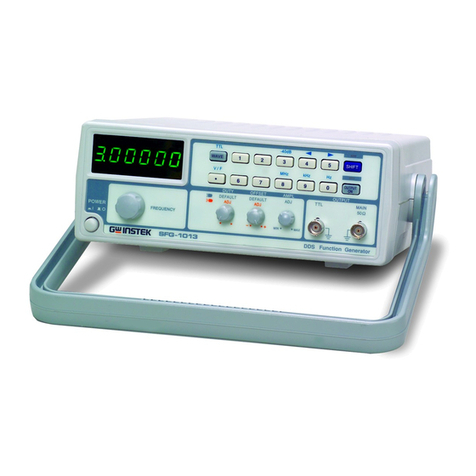
GW Instek
GW Instek SFG-1000 Series User manual

GW Instek
GW Instek AFG-2225 User manual

GW Instek
GW Instek USG-LF44 User manual
Popular Inverter manuals by other brands

BARRON
BARRON EXITRONIX Tucson Micro Series installation instructions

Baumer
Baumer HUBNER TDP 0,2 Series Mounting and operating instructions

electroil
electroil ITTPD11W-RS-BC Operation and Maintenance Handbook

Silicon Solar
Silicon Solar TPS555-1230 instruction manual

Mission Critical
Mission Critical Xantrex Freedom SW-RVC owner's guide

HP
HP 3312A Operating and service manual
